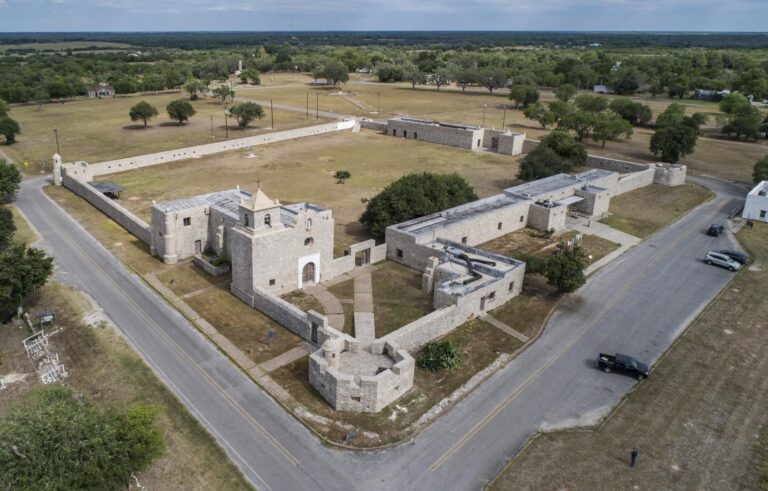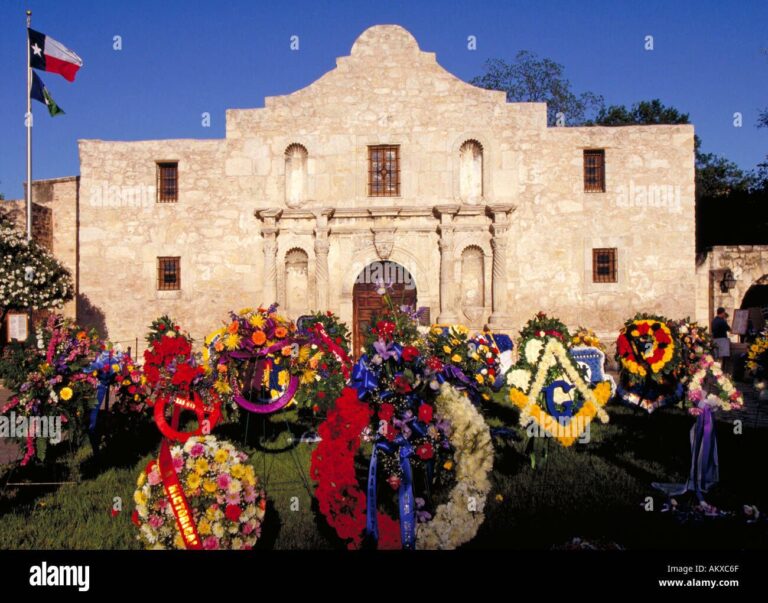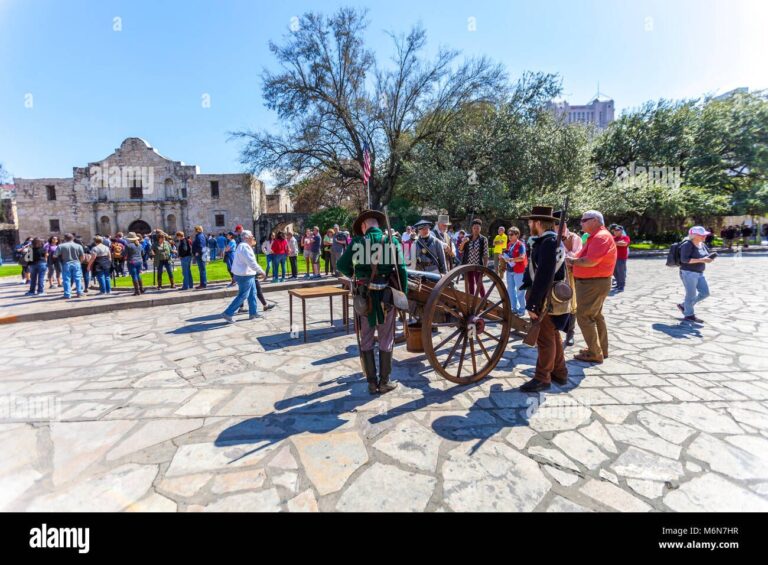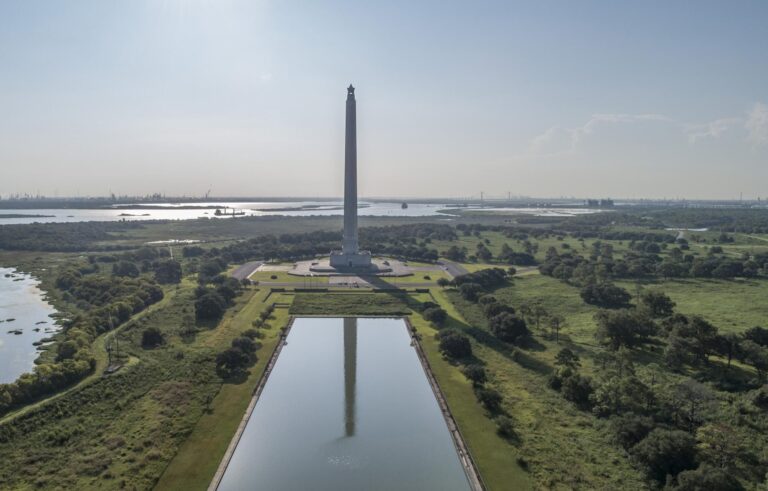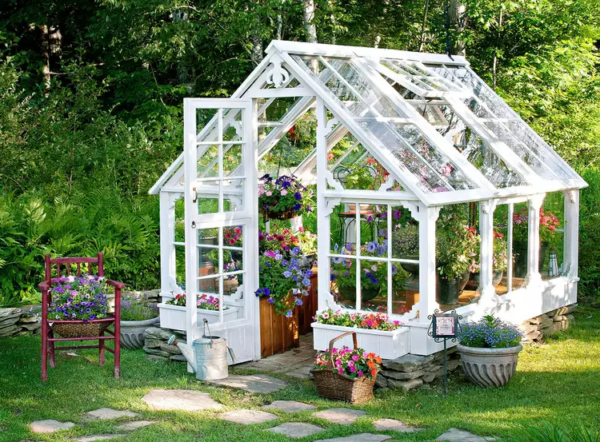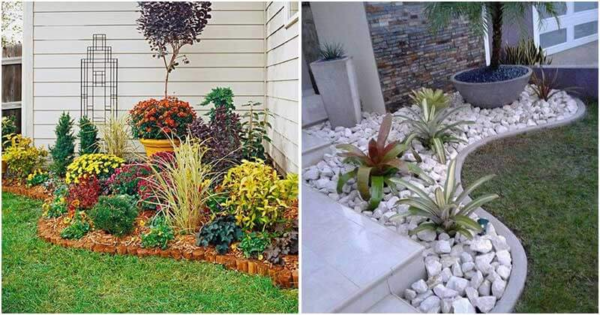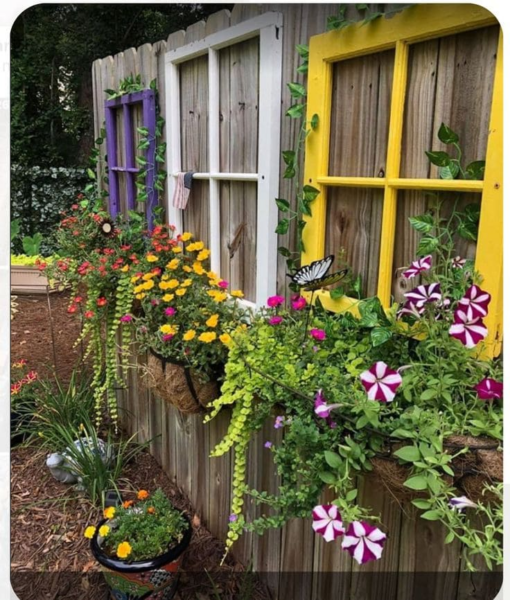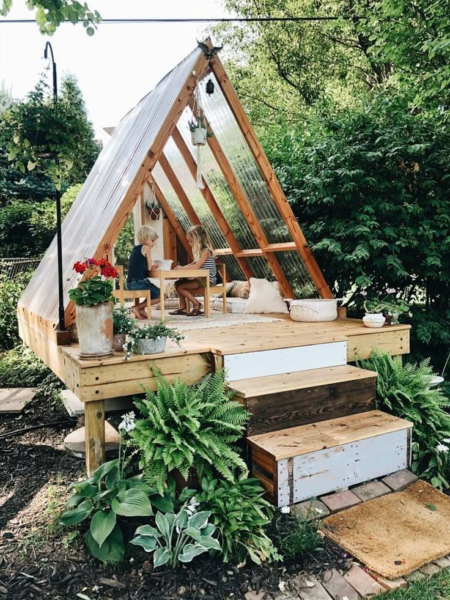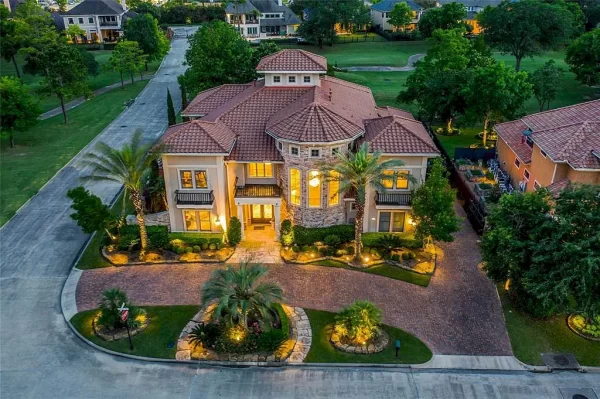Texas’s Oldest Homes: Preserving Heritage Through Historic Residences
Texas is a state rich in history, with roots that stretch deep into the past. Among its treasures are some of the oldest homes in the United States, each telling a story of resilience, cultural evolution, and architectural ingenuity. These historic residences not only preserve the heritage of Texas but also offer a glimpse into the lives of the people who helped shape the Lone Star State. From Spanish colonial missions to pioneer cabins, these homes are a testament to Texas’s diverse and vibrant history.
The Significance of Preserving Historic Homes
Preserving historic homes in Texas is about more than maintaining beautiful architecture. These structures serve as tangible links to the past, connecting modern generations with the cultural, social, and economic conditions of earlier times. Conservation efforts ensure that these homes remain educational resources and cultural landmarks, fostering a sense of pride and continuity.
Historic homes often display unique architectural styles that reflect the influences of various cultures, including Spanish, German, and French. By maintaining these homes, Texas honors the diverse communities that have contributed to its growth. Moreover, historic preservation supports local economies by attracting tourism and creating jobs in restoration and maintenance.
Preservation also plays a critical role in sustainability. By restoring and reusing historic homes, communities reduce the environmental impact of new construction. This practice aligns with modern sustainability goals while preserving the cultural essence of these structures.
Notable Historic Homes in Texas
The Spanish Governor’s Palace (San Antonio)
Built in the early 18th century, the Spanish Governor’s Palace is one of the oldest residences in Texas. This National Historic Landmark served as the residence and headquarters for Spanish officials. Its adobe walls and hand-carved doors exemplify Spanish colonial architecture, while its lush courtyard garden offers a tranquil glimpse into the past.
Visitors to the palace can explore its historic rooms, which have been restored with period furnishings. The site also offers educational programs that delve into the Spanish colonial era and its lasting influence on Texas.
Steinbach House (Castroville)
Originally built in Alsace, France, in the 1600s, the Steinbach House was disassembled and shipped to Castroville, Texas, in the 1990s. Today, it stands as a museum showcasing the life of early Alsatian settlers in Texas. The house’s timber-frame construction and steeply pitched roof highlight the distinctive architectural influences of its origin.
The Steinbach House also hosts cultural events and workshops, celebrating the enduring connection between Texas and Alsatian heritage. Its gardens and exhibits make it a popular destination for history enthusiasts and tourists alike.
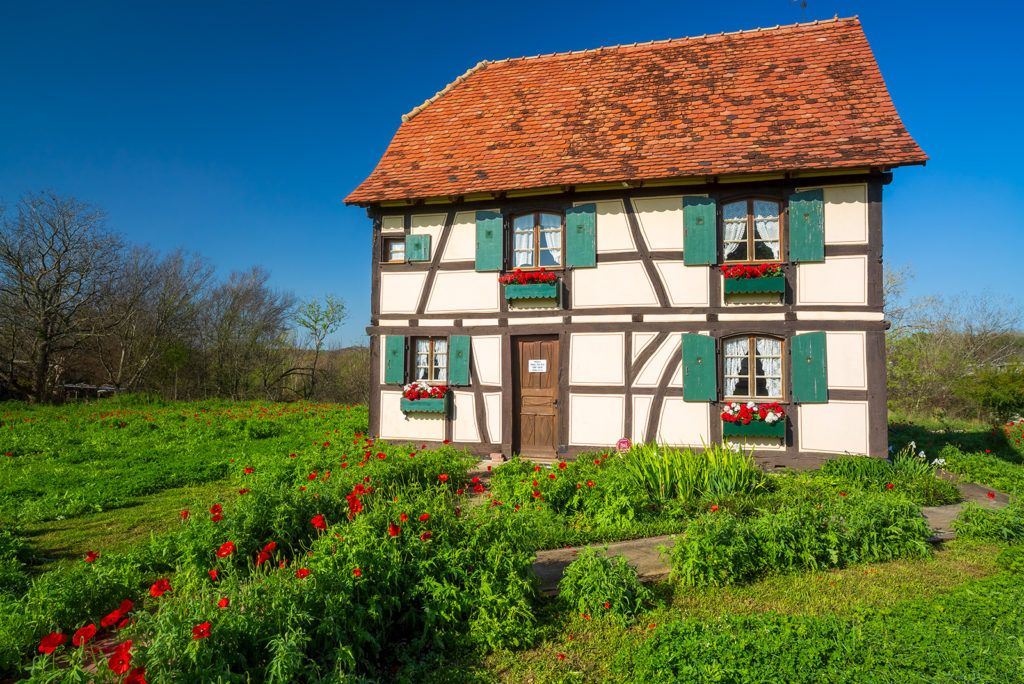
Source: blog.txfb-ins
Sam Houston’s Woodland Home (Huntsville)
The Woodland Home of Sam Houston, one of Texas’s most revered historical figures, dates back to the 1840s. Houston lived here during his time as a U.S. senator and governor. The home’s simple, pioneer-style design reflects the practicality and resourcefulness of its era.
Today, the home serves as a museum featuring artifacts from Houston’s life. Guided tours offer insights into his contributions to Texas’s independence and development, making it a must-visit for history buffs.
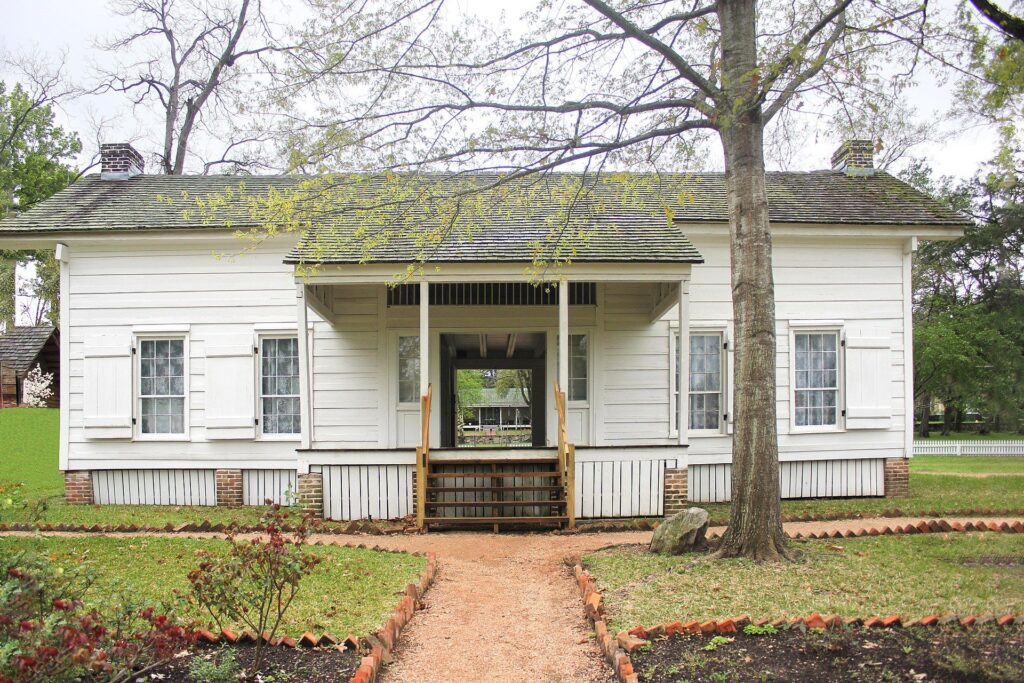
Source: en.wikipedia
The Aston-Blair House (Galveston)
Built in 1859, this Greek Revival home survived the devastating Galveston Hurricane of 1900. Its imposing columns and symmetrical design make it a striking example of antebellum architecture. The house’s restoration efforts have ensured its continued prominence as a symbol of Galveston’s rich history.
The Aston-Blair House is also part of Galveston’s annual historic home tours, attracting visitors from across the country. Its resilience and beauty serve as a testament to the enduring spirit of the community.
Efforts in Historic Preservation
Texas has numerous organizations dedicated to preserving its historic homes. The Texas Historical Commission (THC) plays a pivotal role, offering grants, resources, and expertise to support restoration projects. Additionally, local historical societies and private organizations contribute significantly to the preservation and promotion of these homes.
Adaptive reuse has become a popular approach to historic preservation. By repurposing old homes into museums, cultural centers, or event spaces, communities can ensure these structures remain functional and financially sustainable. This approach allows for broader public engagement while maintaining the integrity of the original architecture.
Private homeowners also play a crucial role in preservation. By maintaining and restoring historic properties, they contribute to the cultural fabric of their communities. Tax incentives and grant programs often help offset the costs of these efforts.
Challenges in Maintaining Historic Homes
Preserving historic homes comes with challenges, including high maintenance costs, the need for specialized restoration skills, and navigating modern zoning laws. Climate change and natural disasters also pose significant threats, particularly in areas prone to hurricanes or flooding. Addressing these challenges requires collaborative efforts between government agencies, private donors, and community advocates.
One emerging solution is the use of modern technology in restoration projects. Techniques like 3D scanning and digital modeling allow preservationists to document and replicate original features with precision. These tools are invaluable in ensuring the authenticity of restorations.
Visiting Texas’s Historic Homes
Exploring Texas’s historic homes is a journey through time. Many of these residences are open to the public, offering guided tours, educational programs, and cultural events. Visiting these homes not only supports preservation efforts but also deepens appreciation for the state’s rich heritage.
Popular destinations include:
- The Alamo (San Antonio): Though more of a mission than a home, its historical significance is unparalleled. The site’s museum and reenactments provide an immersive experience.
- Winedale Historical Complex (Round Top): A collection of historic buildings showcasing 19th-century life, complete with demonstrations and festivals.
- Heritage House Museum (Orange): A Victorian-era home filled with period furnishings and exhibits on local history.
Some lesser-known but equally fascinating sites include the Maverick-Carter House in San Antonio and the McFaddin-Ward House in Beaumont. Each offers a unique perspective on Texas’s architectural and cultural evolution.
Conclusion
Texas’s oldest homes are more than just buildings; they are living stories of the past, preserved for future generations. Through diligent preservation efforts and community support, these historic residences continue to inspire awe and foster a deeper understanding of Texas’s multifaceted history. Whether you’re a history enthusiast, an architecture lover, or a curious traveler, visiting these homes offers a unique and enriching experience.
As Texas continues to grow and evolve, the preservation of its oldest homes ensures that its heritage remains a vital part of its identity. By exploring and supporting these treasures, we contribute to the enduring legacy of the Lone Star State.


